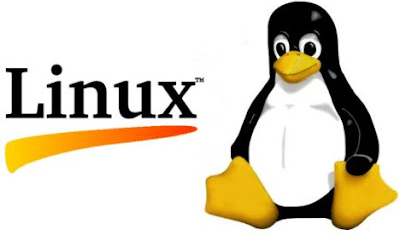In the dynamic world of technology, the role of IT architects and DevOps engineers has become increasingly vital. These professionals are responsible for designing and implementing robust IT infrastructures and ensuring efficient software development and deployment processes. While technical prowess is undoubtedly crucial, it is the mastery of soft skills that truly sets outstanding IT architects and DevOps engineers apart. In this blog post, we will explore the essential soft skills required for success in these roles and how they contribute to building exceptional IT solutions.





